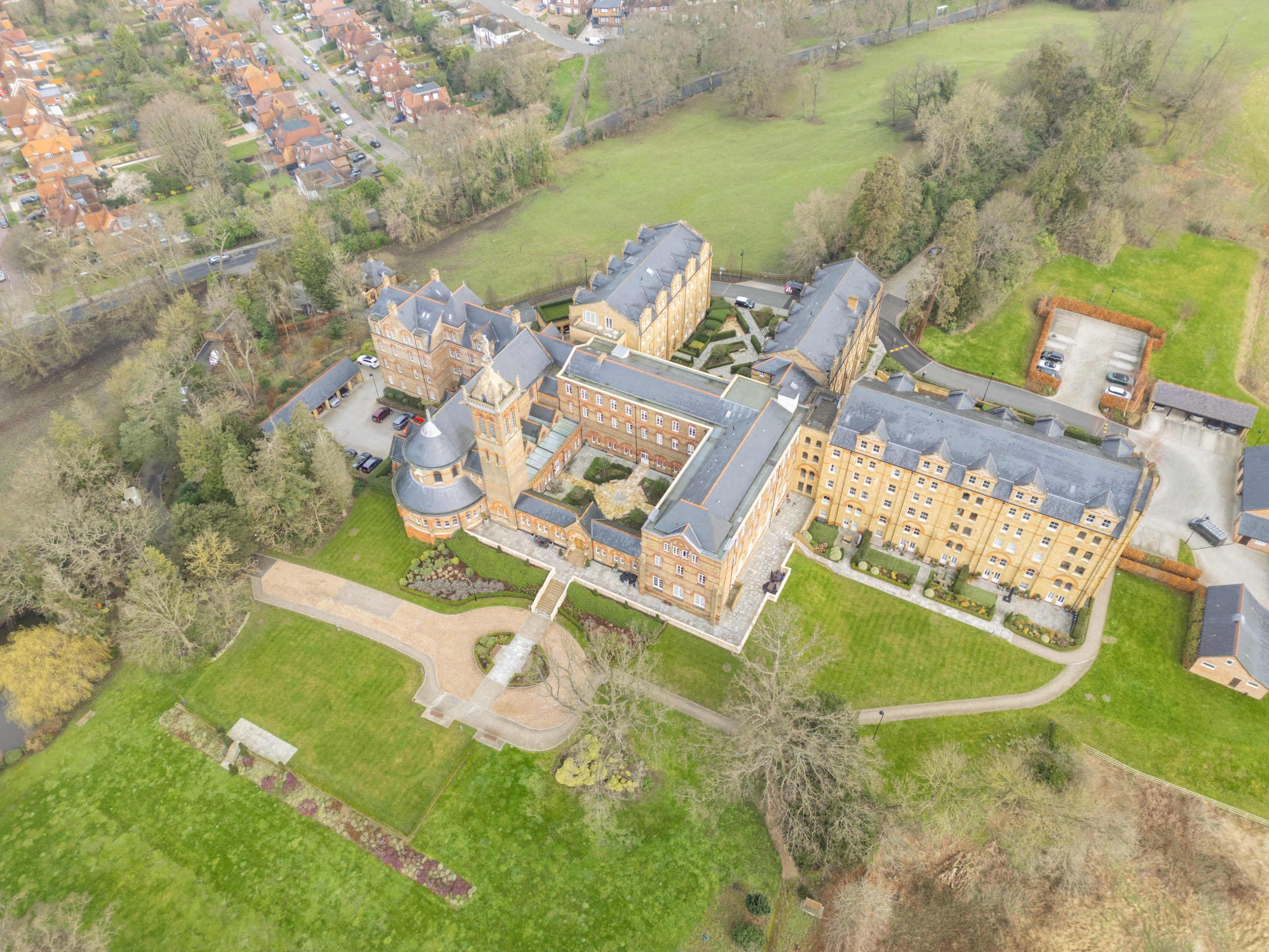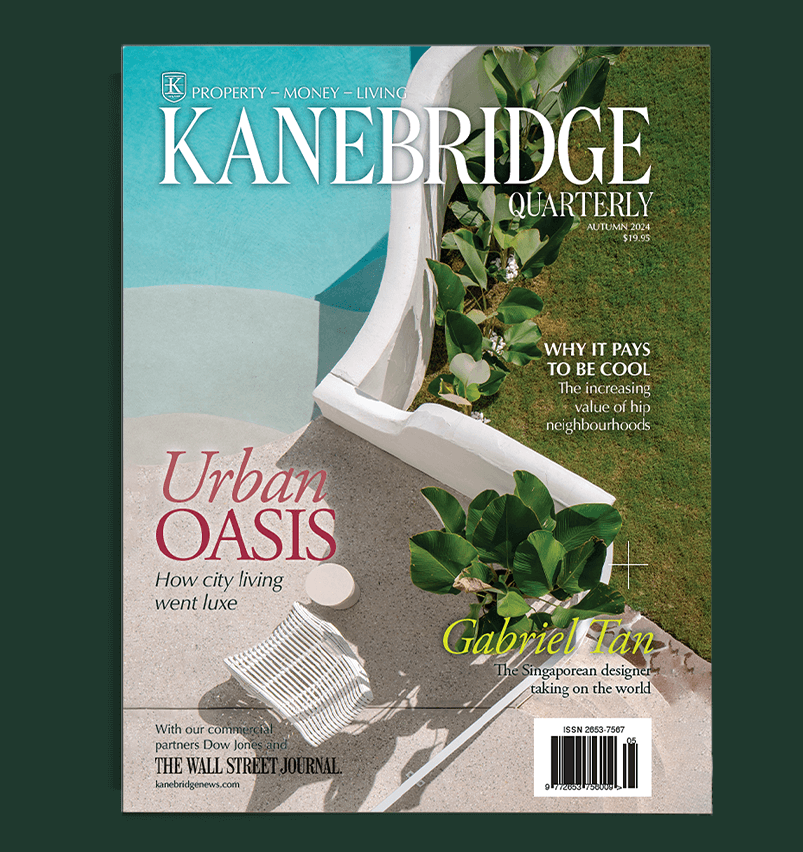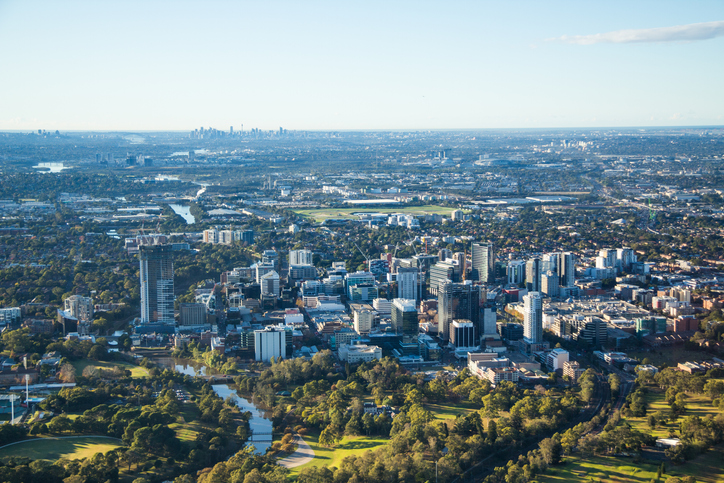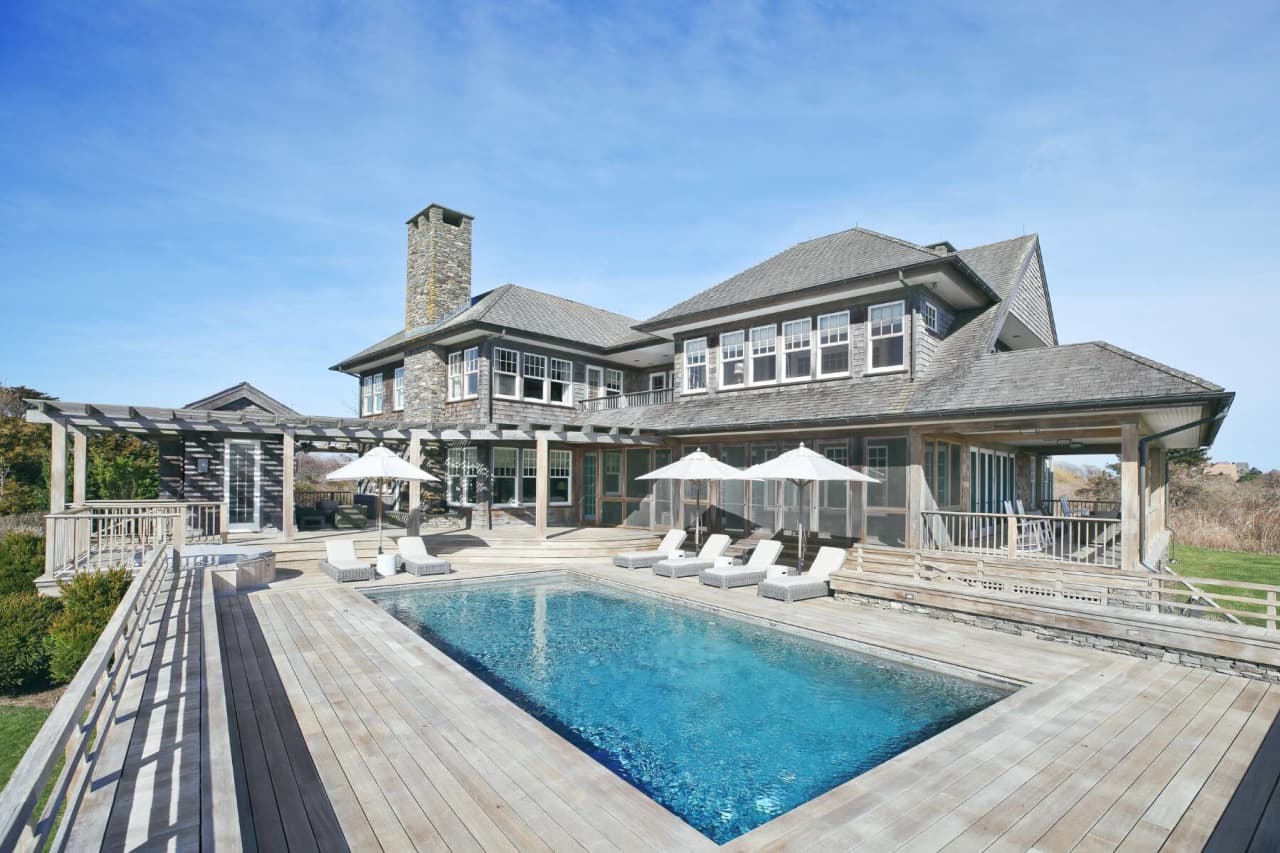Flexibility and greater affordability on offer for wise Sydney property buyers
The smart money is on this part of the nation’s most expensive capital as prices hold steady and yields continue to perform consistently
Western Sydney is increasingly the smart choice for canny property investors, a new report suggests.
The Month in Review report for March 2023 by property valuation and advisory group Herron Todd White singled out the region as representing more varied and affordable options with consistently strong yields for both units and houses over the next few months as investors and owner-occupiers navigate a volatile property market.
“Western Sydney has always been a smart choice for investors and owner-occupiers alike and despite the weaker market, we consider this should continue throughout 2023,” the report said. “The high level of infrastructure investment in the region coupled with relatively lower median house prices and the shift to more people working from home has highlighted that more affordable and larger homes with backyards are still hot property and good long-term propositions.
“The ever-popular house and granny flat is a staple for Western Sydney investors given the larger block sizes and versatile living arrangements for extended families or as a pure investment.”
While values have softened over the past 12 months, the falls have not been nearly as substantial as they have been in other parts of Sydney. The report points to areas such as Blacktown where median values dropped by just 1.2 percent over the past year to $870,000 while yields have increased by 7.5 percent to $457 a week over the same period. The results are even more significant in Penrith, where median rent for a two-bedroom unit now sits at $420 per week, an increase in yield of 4.1 percent. At the same time, the median price of a two-bedroom unit has risen by 11.4 percent to $532,500 over the past year. The report points to the area’s relative affordability and planned infrastructure to account for the rise.
Greater demand for more rental units around universities as students return to the Australian higher education market has been responsible for increased yields around Macquarie Park, the report said, as staff and students at Macquarie University seek accommodation.
“There are only 110 units currently available for rent with an estimated 1500 renters actively looking for accommodation,” the report said. “Macquarie University is home to more than 44,000 students and 2000 staff members. The Australian Government predicts a further 40,000 international students are expected to arrive in Australia for first semester classes in 2023 commencing in March.”
At the moment, the rental yield for Macquarie Park is 3.6 percent, while the average yield for the rest of Sydney sits at 2.7 percent.
National director of residential at Herron Todd White, Ben Esau, said that there is likely to be further volatility in the residential market in the coming months as more borrowers come off fixed interest rates. Estimates suggest that up to a third of mortgage holders are fixed on lower rates, with most expected to end this year. While it may provide opportunity for those looking to add to their portfolio or enter the market, as the RBA continues to lift rates, caution is advised to those chasing higher yields.
“Although the prospect of increasing rental values may seem attractive as an investor, it may not be so straightforward as landlords need to grapple with the process of potentially passing on increasing interest rates to struggling tenants,” Mr Esau said.
“Of course, there are also investors who will be significantly impacted by the increasing costs to service an investment property, but where banks are generally well structured to deal with clients in financial distress, individual landlords may not have that capability and may need to navigate chasing increasing returns and the human impact of a fast-paced rental market.”
This stylish family home combines a classic palette and finishes with a flexible floorplan
Just 55 minutes from Sydney, make this your creative getaway located in the majestic Hawkesbury region.
The four-bedroom home “blends historic architecture, soaring open-plan living spaces and every possible contemporary comfort”
A unique home on the outskirts of London within a former chapel that had a starring role in the hit TV series “Call the Midwife” is on the rental market for £39,000 (US$48,568) per month.
The four-bedroom home was carved out of St Joseph’s Missionary College, which, founded in 1871, trained young Catholic priests to work as missionaries abroad, according to listing agency Dexters.
Before its conversion to a lavish private residence, the college’s chapel had a starring role as nursing convent Nonnatus House in the first two seasons of the feel-good BBC show, which focuses on a church-funded midwifery in the 1950s and 1960s, based on the bestselling memoirs of Jennifer Worth, a former London nurse.
When the historic college was sold for redevelopment in 2013, and production of “Call The Midwife” transferred to a studio set, the chapel—along with the rest of the building—was born again.

Dexters
Still going by the apt moniker of the Chapel, the home is the centrepiece of the site, which is now a gated development known as St Joseph’s Gate, said Dexters, which brought the home to the market in late February.
The home spans almost 10,000 square feet and “blends historic architecture, soaring open plan living spaces and every possible contemporary comfort,” said Andy Christophi, director of Dexters Finchley.
The chapel’s nave is now the dramatic heart of the home, complete with a 45-foot high vaulted timber ceiling.

The vast open-plan area—which also has columns and gothic-style arches—has a handcrafted kitchen, temperature-controlled wine storage, a curved living area with Victorian windows and enough space to easily host 30 at a dinner table, the listing said.
Above, a mezzanine bedroom has been constructed to appear as though floating above the main living area below.
The home also has a gym, a spa area with a sauna and steam room, and a media room.
“Perfect for a family that loves to entertain, its use as a filming location…makes it particularly iconic, and means you’ll never run out of dinner party conversation,” Christophi said.
Just 55 minutes from Sydney, make this your creative getaway located in the majestic Hawkesbury region.
This stylish family home combines a classic palette and finishes with a flexible floorplan


















